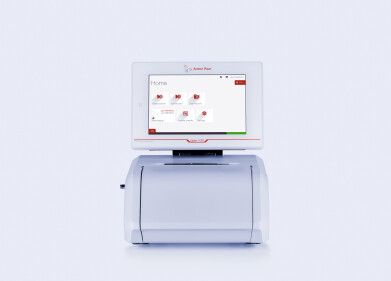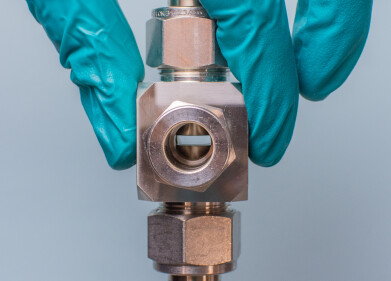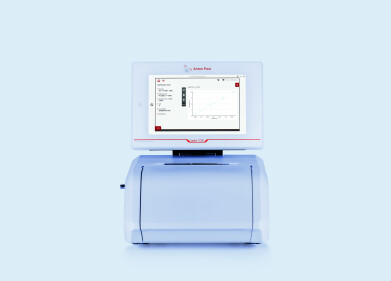Mass Spectrometry & Spectroscopy
What is the Aerobic Plate Count (APC)?
May 25 2022
From ready-to-eat food to wastewater, Aerobic Plate Count (APC) is used to estimate bacterial populations in samples. Results offer an indication of how many aerobic mesophilic bacteria - organisms that grow at standard body temperatures of between 20 and 40°C - are present in the sample. The term Aerobic Plate Count is widely used, though it can also be interchanged with other names, including Standard Plate Count, Total Plate Count, Aerobic Colony Count and Mesophilic Count.
How APC testing works
Aerobic Plate Count testing is based on the theory that microorganism cells grow and form visible colonies when introduced to a nutrient-rich substance called agar. When samples are added to the agar and incubated under aerobic conditions, cells thrive on the nutrients and begin to develop colonies. Purpose-built laboratory equipment is fundamental, with solutions like the ProfiClave PCX making the culture media preparation process fast, easy and efficient.
Instead of calculating the entire bacterial population and identifying individual strains, Aerobic Plate Count testing offers a generic overview of aerobic mesophilic bacteria concentrations. No specific information about individual microorganisms can be garnered from an Aerobic Plate Count. To find out more about what types of pathogens are present and if they pose a threat to consumers, more specific testing must be carried out.
Read on to find out more about some of the different applications for Aerobic Plate Count testing:
Milk quality control
Raw milk is a breeding ground for microorganisms and can contain pathogens such as Campylobacter, Cryptosporidium and Listeria. In most developed countries milk is pasteurised to destroy these types of bacteria. Aerobic Plate Count testing is used to ensure the pasteurisation process is complete and bottled milk doesn’t contain abnormally high bacterial populations.
Water monitoring
Governments and local municipalities rely on Aerobic Plate Count testing to monitor drinking water quality. Frequent testing allows scientists to identify unexpected increased in bacterial populations and take steps to prevent illness and outbreaks.
As well as drinking water, Aerobic Plate Count testing is used to track bacterial populations in swimming pool water. Alongside chemical analysis, microbiological testing is used to calculate the total number of culturable bacteria in a water sample. High concentrations indicate more specific testing needs to be done to identify pathogens such as E. Coli and Legionella.
Agriculture
Aerobic Plate Count isn’t used exclusively by the food industry. The technique has become a useful tool for agricultural scientists attempting to optimise the root zones of soilless cropping systems.
“Plate count results reflect the number of colonies that can emerge under the given physical and chemical conditions (atmosphere, temperature, pH, available nutrients, presence of growth inhibitory compounds),” reads a chapter from the Second Edition of Soilless Culture: Theory and Practice.
In the United Kingdom, the Food Standards Agency (FSA) estimates foodborne pathogens are the cause of around 2.5 million illnesses per year. Testing plays an important role in minimising the risks and keeping consumers as safe as possible. Find out more in ‘Bacteria in Food - Types, Testing & Problems’.
Digital Edition
Lab Asia 31.6 Dec 2024
December 2024
Chromatography Articles - Sustainable chromatography: Embracing software for greener methods Mass Spectrometry & Spectroscopy Articles - Solving industry challenges for phosphorus containi...
View all digital editions
Events
Jan 22 2025 Tokyo, Japan
Jan 22 2025 Birmingham, UK
Jan 25 2025 San Diego, CA, USA
Jan 27 2025 Dubai, UAE
Jan 29 2025 Tokyo, Japan



















